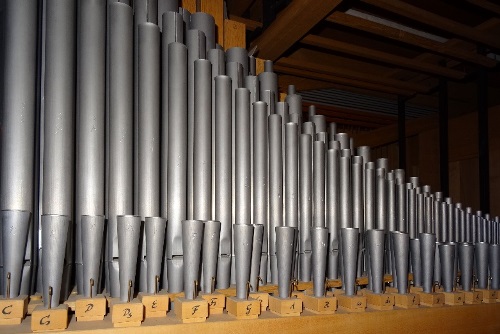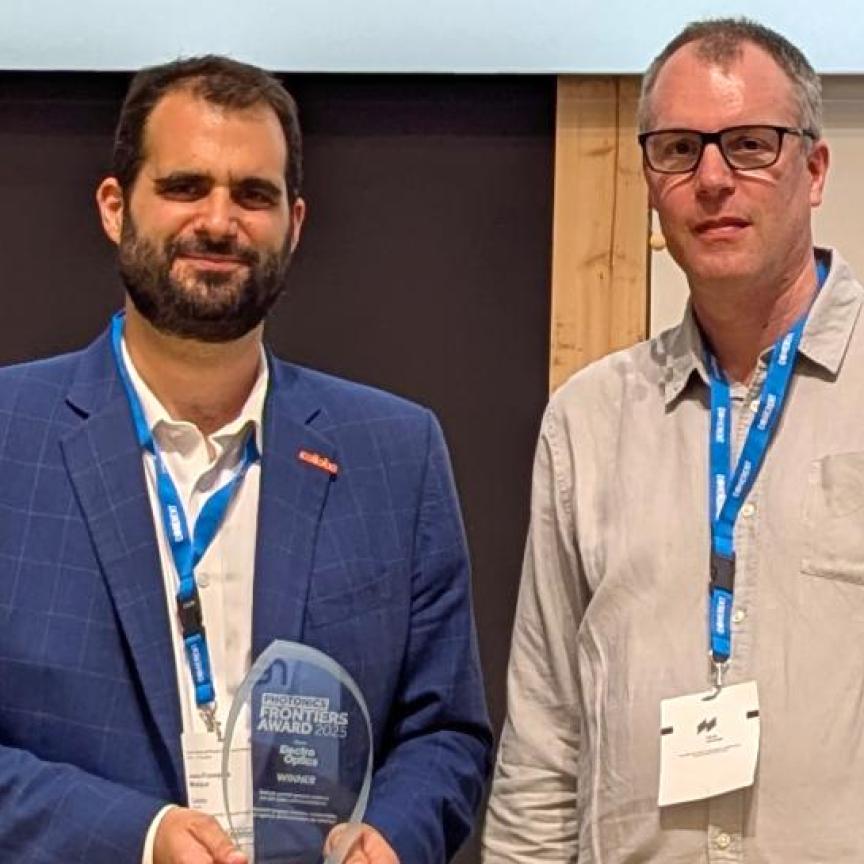Dr Wenko Süptitz, head of photonics at the German high-tech industry association, Spectaris, gives an update on work being made to exclude optical components from RoHS, a European regulation that restricts the use of mercury, lead, cadmium, and other hazardous substances in electrical and electronic equipment. The regulations risk endangering the availability of raw materials for the production of optical systems, such as fluorescence microscopes, telescopes, infrared cameras, optical lenses, laser safety goggles, semiconductor crystals, and other photonics-enabled devices
Let’s start with the good news: After several years of evaluation and a year-long delay in reaching a decision, in July 2017, the European Commission (EC) extended the exemptions for optical glass and coloured filters controlled by the Restriction of Hazardous Substances (RoHS) directive, until July 2021. The exemption of two subcategories even have a validity period till 2023 or 2024 (see table).

The new RoHS exemptions for optical materials were among the very first validated requests that various industry associations and individual companies applied for. Spectaris, along with its European and global partners, put together an expemption proposal - which was backed with scientific evidence - during 2013 and 2014. These were submitted in November 2014.
In the proposal, we made it clear that optical glasses and filters containing lead or cadmium are well-understood, high-performance technical materials that offer a unique combination of optical, mechanical and thermal properties, which cannot be even remotely matched by other substances. As an example, we referred to the characteristics of optical glasses and filters used in endoscopes, which make the early and non-invasive diagnosis of many conditions possible and have a significant impact on healthcare.
While the new RoHS exemptions are certainly a successful milestone, the administrative burdens for the optical industry still remain, with some regulations being made even more restrictive. With neither reasoning or need, the Commission introduced a sub-splitting of the filter exemption 13(b) into 13(b)-(I), 13(b)-(II), 13(b)-(III). Now, companies that manufacture or handle optical filters will have to redo their RoHS categorisation. Depending on the product portfolio, this may apply to thousands of part numbers, easily adding up to costs in the five-digit range. European countries and companies will need to implement the modified exemption by at least 6 July 2018.
But there is a way out of the exemption treadmill: The RoHS exclusion. While exemption and exclusions appear to be the same thing for a layman, an exclusion would be a huge relief to the optical industry. Exemptions reoccur every four to seven years, but an exclusion is for good!
The manufacturers of organ pipes have shown what is possible. Claiming an economic loss of €65 million per year, in addiiton to a threat to traditional methods of working, they convinced the lovers of culture among the RoHS decision committee earlier this year to get a scope exclusion for their trade forever.

In the next round of decision making, there will hopefully be at least as many technical-savvy as culture-loving commissioners in the decision panels of the Commission to get the RoHS scope exclusion for optical glasses and filters as well. Then it will be time to listen to a good organ recital.


